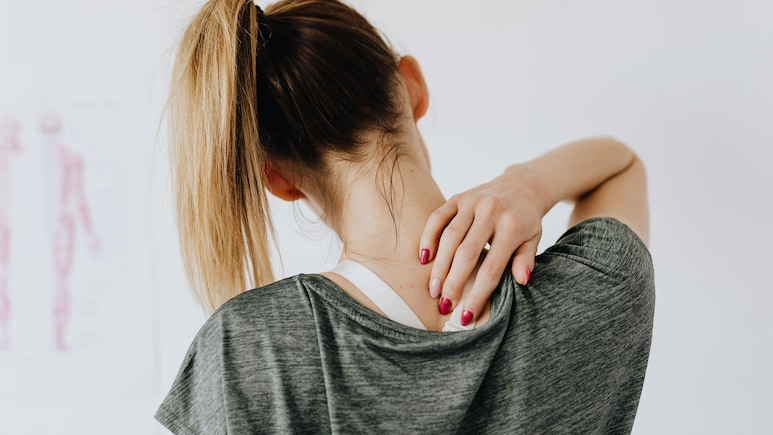
The question of whether urban lifestyles are making our bones weaker earlier is both timely and concerning. Modern city living comes with conveniences and technological advances, but it also brings lifestyle changes that can have profound effects on bone health. Evidence from research suggests that urbanization may indeed contribute to earlier bone weakening, largely due to factors such as reduced physical activity, dietary shifts, and environmental influences.
One of the most significant contributors to bone strength is mechanical load—the stress bones experience during weight-bearing activity. In rural or traditional lifestyles, individuals often engage in physically demanding work such as farming, walking long distances, or manual labor. These activities stimulate bone formation and maintain density. In contrast, urban lifestyles often involve long hours of sitting—whether commuting, working at desks, or leisure time spent on screens—resulting in lower mechanical stimulation of bones. Studies indicate that sedentary behavior can accelerate bone loss, particularly in weight-bearing bones like the hips and spine, leading to conditions such as osteopenia or osteoporosis at younger ages.
Dietary patterns in urban environments also play a crucial role. City dwellers often consume highly processed foods low in essential nutrients like calcium, magnesium, and vitamin D—all critical for bone development and maintenance. While urban areas may have better access to fortified foods, the prevalence of fast foods, sugary drinks, and inadequate fresh produce can undermine bone health. Additionally, despite living in cities with abundant sunlight, many urban residents spend most of their time indoors, reducing natural vitamin D synthesis, which is vital for calcium absorption. Vitamin D deficiency is increasingly reported in urban populations worldwide, and its link to weakened bones is well established.
Environmental factors in cities further compound the issue. Air pollution, for example, has been associated with reduced bone mineral density. Pollutants like particulate matter can induce systemic inflammation and oxidative stress, both of which may interfere with bone remodeling. Noise, stress, and sleep disruption—common urban challenges—can also negatively affect hormonal regulation, including hormones critical for bone metabolism, such as cortisol and growth hormone.
It is important to note that genetics and age remain major determinants of bone health, but lifestyle factors can accelerate bone loss even in genetically predisposed individuals. Alarmingly, studies are finding lower bone density in younger adults in urban settings compared to previous generations, suggesting that the effects of modern lifestyles are manifesting earlier than before. Women, in particular, may be more vulnerable due to hormonal factors, but men are not immune, especially when compounded by sedentary behavior and poor nutrition.
The good news is that these trends are not irreversible. Urban dwellers can adopt measures to strengthen bones: regular weight-bearing exercise, outdoor activities to boost vitamin D levels, balanced diets rich in calcium and magnesium, and avoidance of smoking or excessive alcohol, which weaken bones. Urban planning and public health initiatives can also help by promoting walkable cities, accessible green spaces, and community exercise programs.
In conclusion, urban lifestyles—characterized by sedentary behavior, suboptimal diets, and environmental stressors—are indeed contributing to earlier weakening of bones in many populations. While genetics set the stage, lifestyle choices largely determine how well our bones hold up over time. Awareness and proactive steps are crucial to prevent a future where osteoporosis and fractures become common at younger ages in city-dwelling populations. Modern living does not have to come at the cost of bone health; with conscious effort, urban life can be designed to support strong, resilient bones.
(By Dr Jayant Arora, Senior Director & Unit Head-Orthopaedics, Fortis Gurgaon)
Disclaimer: The opinions expressed within this article are the personal opinions of the author. NDTV is not responsible for the accuracy, completeness, suitability, or validity of any information in this article. All information is provided on an as-is basis. The information, facts, or opinions appearing in the article do not reflect the views of NDTV and NDTV does not assume any responsibility or liability for the same.
Track Latest News Live on NDTV.com and get news updates from India and around the world

